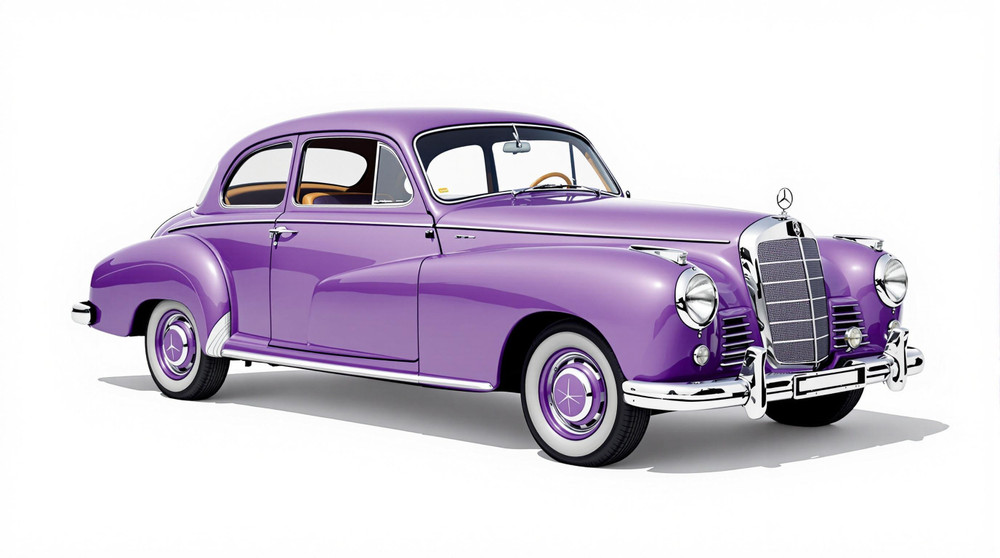Image of 1952 Mercedes-Benz 220, Note: These illustrations use artistic license and may differ from actual historical models.
Performance Metrics
Fundamental Metrics
Emotional Appeal
MMP Rating
| Engine Specifications | |
|---|---|
| Engine: | Inline 6 |
| Displacement: | 2.2L |
| Horsepower: | 80 HP |
| Torque: | Estimated at 119 lb-ft |
| Compression Ratio: | 7.6:1 |
| Ignition System: | Distributor ignition |
| Cooling System: | Water-cooled |
| Performance Specifications | |
| 0-60 Time: | Estimated at 20 seconds |
| 1/4 Mile Time: | Information not available |
| Top Speed: | 90 mph |
| Transmission and Drive | |
| Drive Type: | Rear-wheel drive |
| Transmission Type: | 4-speed manual |
| Fuel and Efficiency | |
| Fuel System Type: | Carburetor |
| MPG: | Estimated at 15-20 MPG |
| Dimensions and Brakes | |
| Brakes: | Drum brakes |
| Wheelbase: | 112.6 inches |
| Weight: | 2,866 lbs |
Note: Specifications for classic cars are given to the best of our ability, considering the limited and variant data available.
Introduction
The 1952 Mercedes-Benz 220 stands as a testament to post-war automotive excellence, a beacon of luxury and innovation from the storied German manufacturer. Born in an era of recovery and technological advancement, this vehicle not only marked Mercedes-Benz's return to pre-war quality standards but also set new benchmarks for the industry. A notable moment in its history was its debut at the Frankfurt Auto Show in 1951, where it captured the attention of car enthusiasts and signaled a new chapter for the brand.
Design and Innovation
With its ponton-style body, the Mercedes-Benz 220 boasted a streamlined silhouette that was both elegant and aerodynamic. The car's exterior styling featured smooth, rounded edges that exuded a sense of sophistication and grace uncommon in the early '50s. Inside, passengers were treated to a cabin adorned with high-quality materials including rich leather upholstery and polished wood trim. Technologically, it was ahead of its time with features like independent suspension for all four wheels—a rarity that offered superior ride comfort. Color options ranged from deep blacks to vibrant blues, with many owners favoring classic hues that emphasized the car's luxurious nature. Among the body styles available, the Cabriolet version remains one of the most sought-after by collectors for its timeless beauty and open-air driving experience.
Historical Significance
The 1952 Mercedes-Benz 220 set itself apart with its blend of luxury, performance, and cutting-edge technology. It played a pivotal role in reestablishing Mercedes-Benz as a premier automobile manufacturer in the post-war era. Its design elements, such as unitary construction without a separate chassis, influenced automotive engineering for decades to come.
Performance and Handling
Underneath its hood lay an inline-six engine that delivered smooth power and respectable performance figures for its time. The top speed of this grand tourer approached 90 mph, with acceleration from 0-60 mph achieved in around 20 seconds—a commendable feat for a luxury sedan of that period. On the road, the 220 handled with poise and dignity; its suspension system absorbed imperfections while providing drivers with confidence through twists and turns. The driving experience was characterized by a symphony of mechanical harmony—the hum of the engine complemented by the solid yet comfortable ride.
Ownership Experience
The Mercedes-Benz 220 found its place as a daily driver for the affluent, a showpiece for collectors, and occasionally even graced racing circuits. Its robust engineering meant reliability was higher than many contemporaries, though maintenance could be costly given its high-end nature. For those versed in classic car care, upkeep was manageable.
Fun Facts
This classic has seen its share of limelight with rare editions like the Cabriolet A (only 1,278 units produced) enhancing its desirability. Celebrity ownerships have added to its allure; notable figures in history have been known to own a Mercedes-Benz 220. While it didn't break speed records, it set a standard for luxury sedans that many aimed to emulate.
Collector's Information
In today's market, a well-preserved 1952 Mercedes-Benz 220 can fetch anywhere from $20,000 to over $100,000 depending on condition, provenance, and specific model variant. With production numbers estimated at around 16,000 units for all body styles combined during its run from 1951-1955, it's relatively rare but not unattainable for serious collectors. The value has generally appreciated over time as enthusiasts seek out these icons of automotive history.
Conclusion
The 1952 Mercedes-Benz 220 is more than just a classic car; it is a symbol of resilience and forward-thinking from one of the world's most renowned automakers. Its legacy endures not only in design but also through an enduring spirit that continues to captivate collectors and enthusiasts alike.
1952 Mercedes-Benz 220 Catalog of Parts
 1952 Mercedes-Benz 220 Rear Bumper Arm Grommets. 2-1/2" long X 1-3/8" wide-BG 104Rear Bumper Arm Grommets. 2-1/2" long X 1-3/8" wide. Inner slot: 1-11/16" long X 13/16" wide. Pair
1952 Mercedes-Benz 220 Rear Bumper Arm Grommets. 2-1/2" long X 1-3/8" wide-BG 104Rear Bumper Arm Grommets. 2-1/2" long X 1-3/8" wide. Inner slot: 1-11/16" long X 13/16" wide. Pair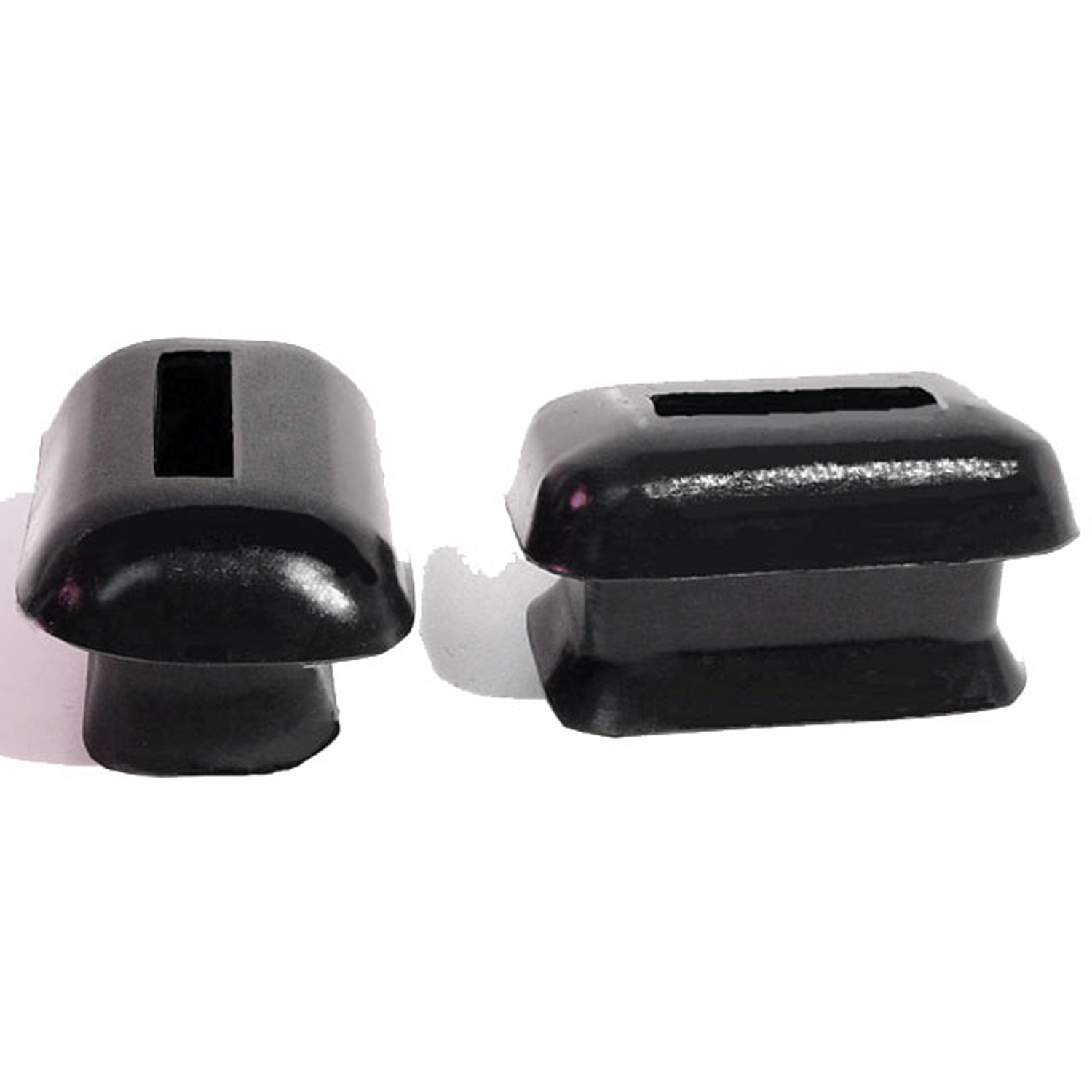 1952 Mercedes-Benz 220 Rear Bumper Arm Grommets-BG 104-ARear Bumper Arm Grommets. 2-1/2" long X 1-3/8" wide, with 1-1/2" long inner slot. Pair
1952 Mercedes-Benz 220 Rear Bumper Arm Grommets-BG 104-ARear Bumper Arm Grommets. 2-1/2" long X 1-3/8" wide, with 1-1/2" long inner slot. Pair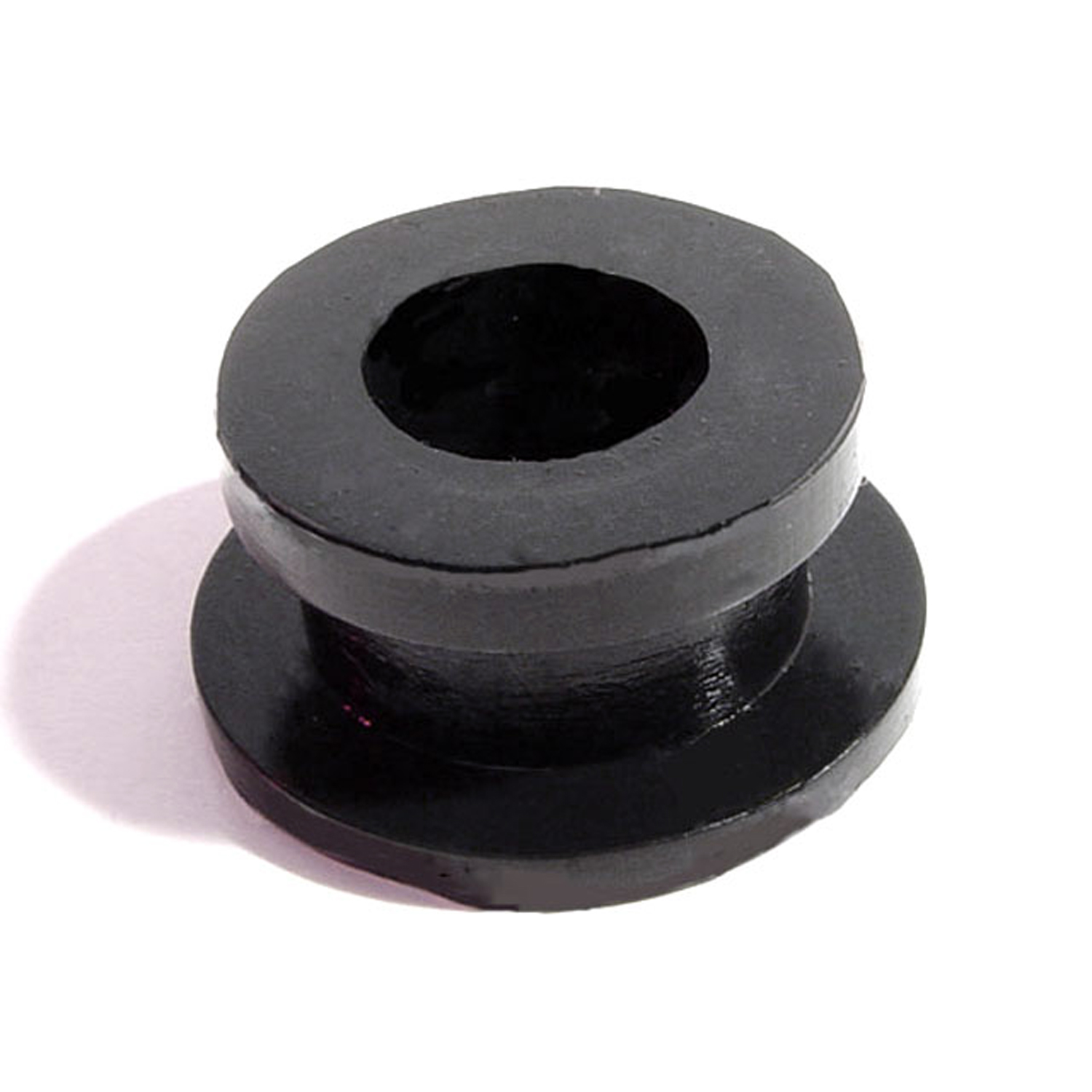 1952 Mercedes-Benz 220 Universal Joint Drive Shaft Bushing. 1-1/4" O.D-BN 160Universal Joint Drive Shaft Bushing. 1-1/4" O.D., 5/8" high, with 5/8" I.D. Each
1952 Mercedes-Benz 220 Universal Joint Drive Shaft Bushing. 1-1/4" O.D-BN 160Universal Joint Drive Shaft Bushing. 1-1/4" O.D., 5/8" high, with 5/8" I.D. Each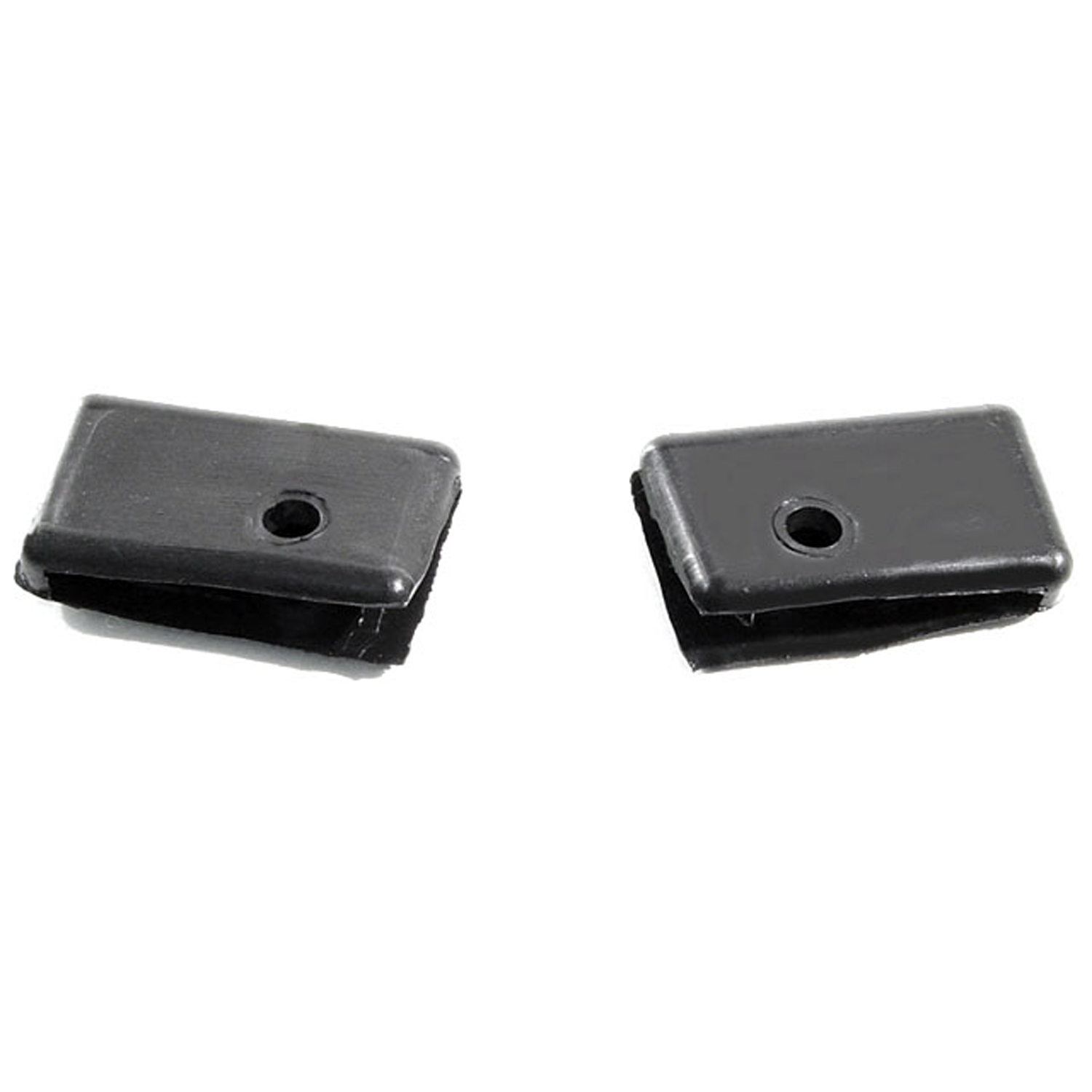 1952 Mercedes-Benz 220 Hood Corners. Nice reproduction. 1-1/4" X 3/4". Pair R&L-HC 27-AHood Corners. Nice reproduction. 1-1/4" X 3/4". Pair R&L
1952 Mercedes-Benz 220 Hood Corners. Nice reproduction. 1-1/4" X 3/4". Pair R&L-HC 27-AHood Corners. Nice reproduction. 1-1/4" X 3/4". Pair R&L 1952 Mercedes-Benz 220 Door Jam Light Switch Seal. 1-1/8" x 1-1/2", 13/16" I.D-MB 540Door Jam Light Switch Seal. 1-1/8" x 1-1/2", 13/16" I.D. Each
1952 Mercedes-Benz 220 Door Jam Light Switch Seal. 1-1/8" x 1-1/2", 13/16" I.D-MB 540Door Jam Light Switch Seal. 1-1/8" x 1-1/2", 13/16" I.D. Each 1952 Mercedes-Benz 220 Park Light Pads, for Convertible-MP 823-ZPark Light Pads, for Convertible. 2-1/8" wide X 16-3/8" long. Pair
1952 Mercedes-Benz 220 Park Light Pads, for Convertible-MP 823-ZPark Light Pads, for Convertible. 2-1/8" wide X 16-3/8" long. Pair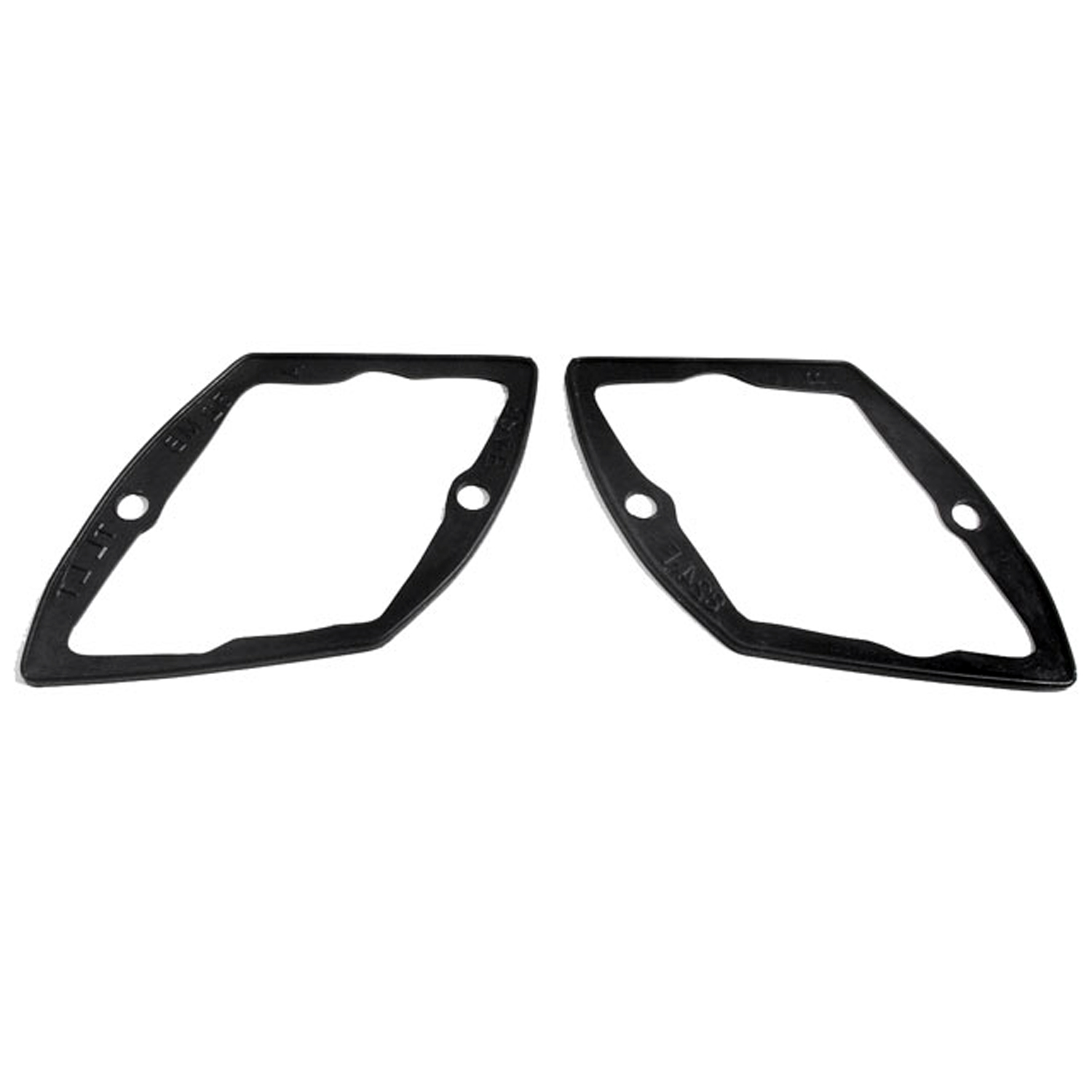 1952 Mercedes-Benz 220 Tail-light Pads. 3-5/8" wide X 3-3/4" long. Pair-MP 824-ETail-light Pads. 3-5/8" wide X 3-3/4" long. Pair
1952 Mercedes-Benz 220 Tail-light Pads. 3-5/8" wide X 3-3/4" long. Pair-MP 824-ETail-light Pads. 3-5/8" wide X 3-3/4" long. Pair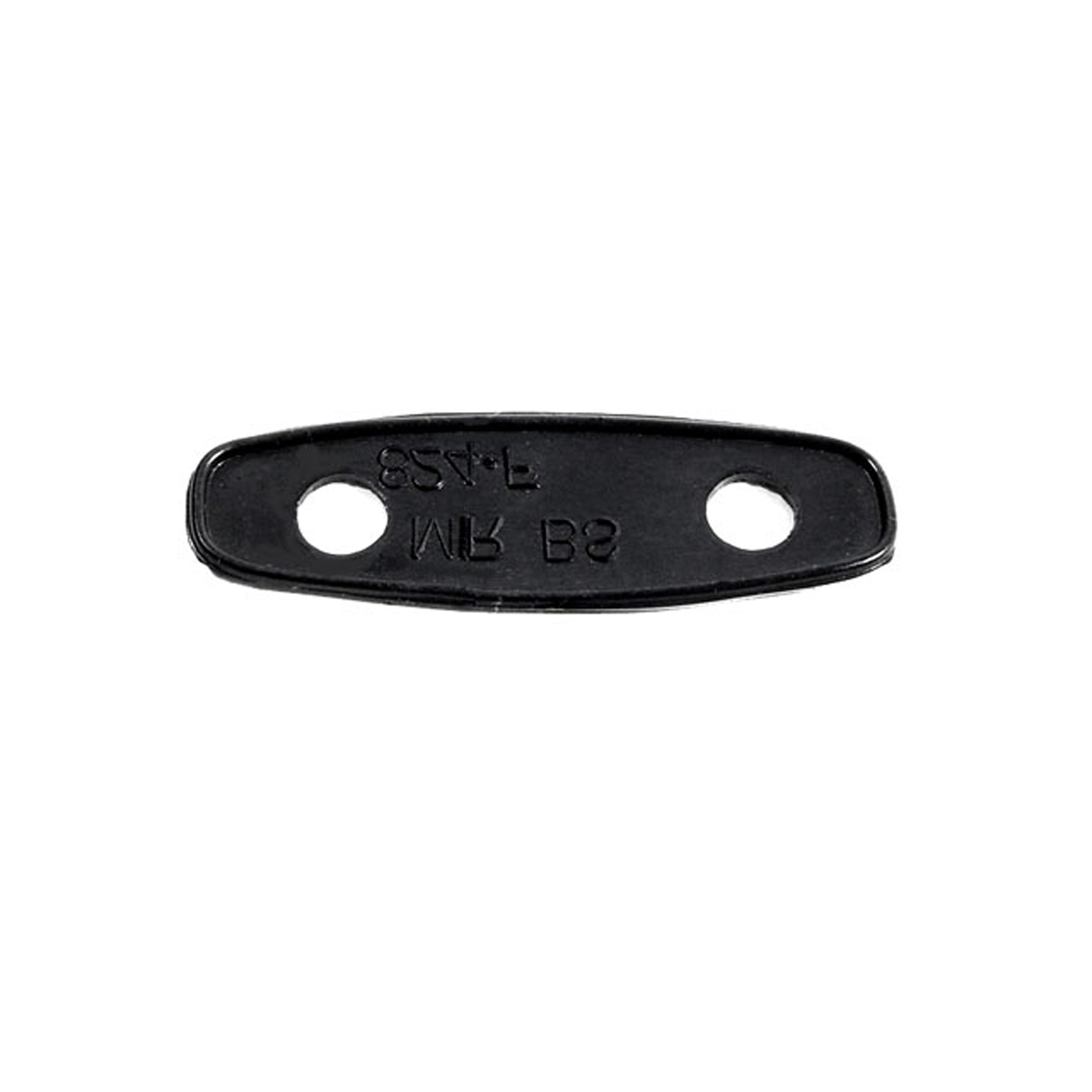 1952 Mercedes-Benz 220 Mirror Base Pad. 1" wide X 3" long. Each-MP 824-FMirror Base Pad. 1" wide X 3" long. Each
1952 Mercedes-Benz 220 Mirror Base Pad. 1" wide X 3" long. Each-MP 824-FMirror Base Pad. 1" wide X 3" long. Each 1952 Mercedes-Benz 220 Clamp Cushion Pad, for Convertible-MP 824-GClamp Cushion Pad, for Convertible. 1-1/4" wide X 2-1/2" long. Each
1952 Mercedes-Benz 220 Clamp Cushion Pad, for Convertible-MP 824-GClamp Cushion Pad, for Convertible. 1-1/4" wide X 2-1/2" long. Each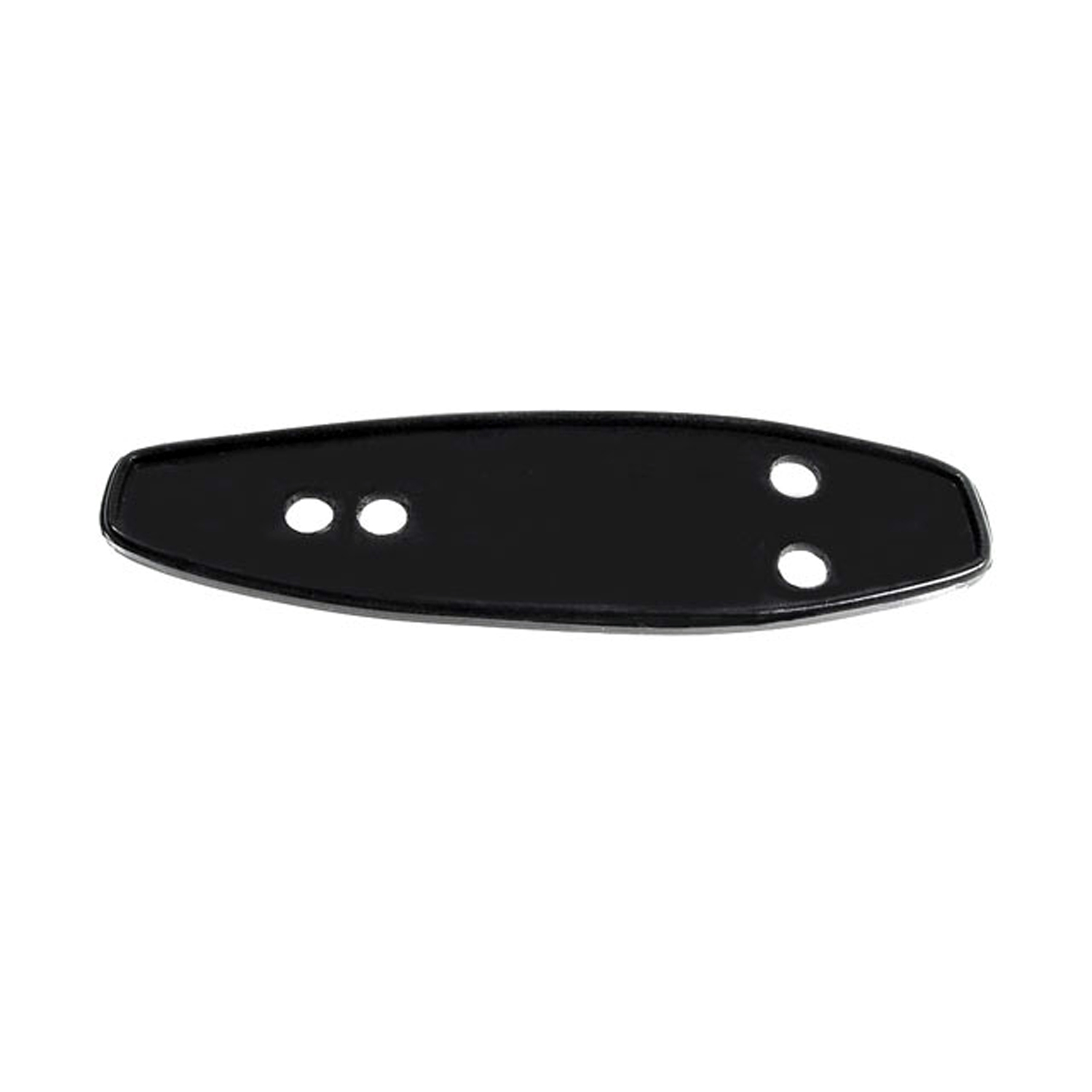 1952 Mercedes-Benz 220 Spare Tire Lock Pad. 2" wide X 6-1/2" long. Each-MP 824-JSpare Tire Lock Pad. 2" wide X 6-1/2" long. Each
1952 Mercedes-Benz 220 Spare Tire Lock Pad. 2" wide X 6-1/2" long. Each-MP 824-JSpare Tire Lock Pad. 2" wide X 6-1/2" long. Each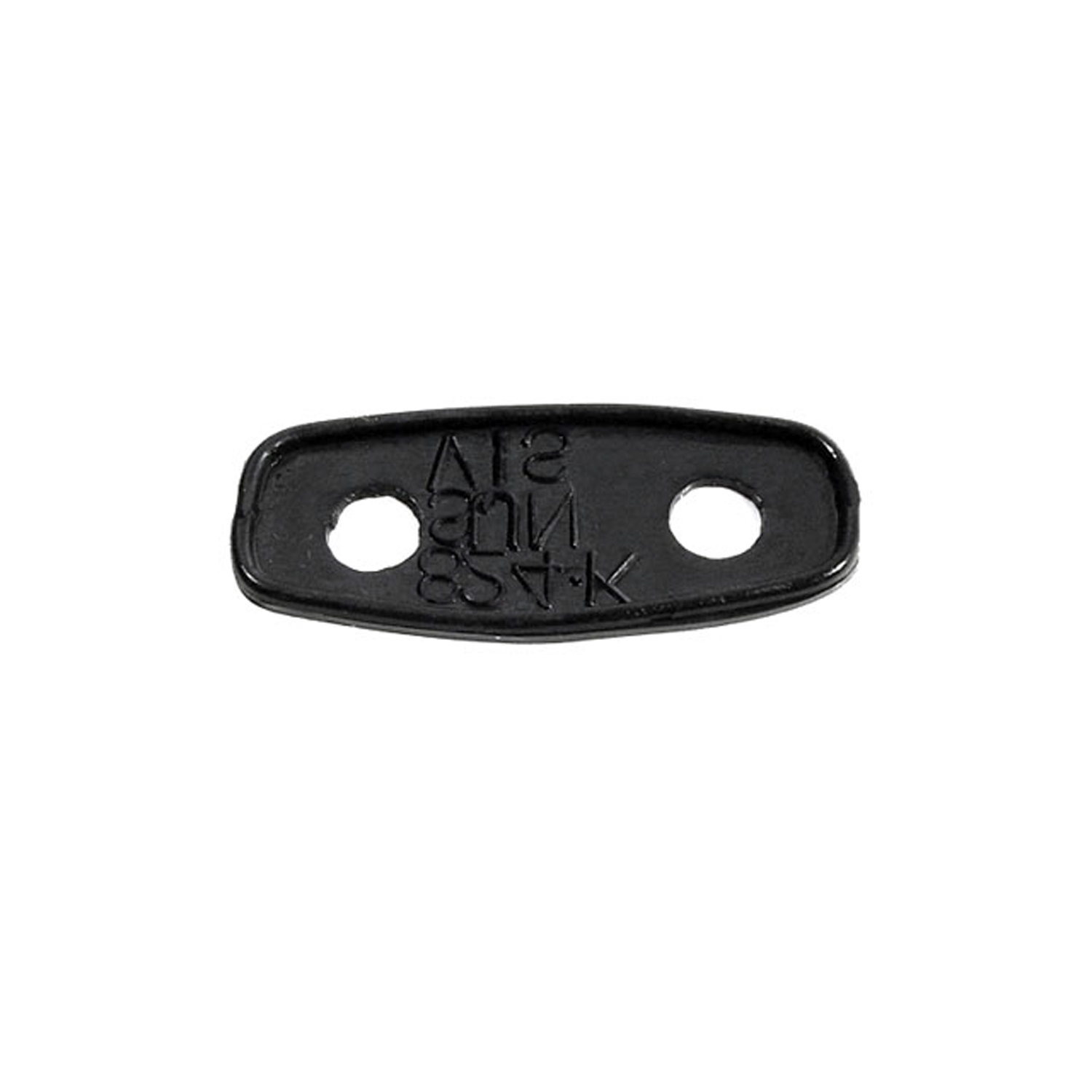 1952 Mercedes-Benz 220 Sun Visor Pad. 7/8" wide X 2" long. Each-MP 824-KSun Visor Pad. 7/8" wide X 2" long. Each
1952 Mercedes-Benz 220 Sun Visor Pad. 7/8" wide X 2" long. Each-MP 824-KSun Visor Pad. 7/8" wide X 2" long. Each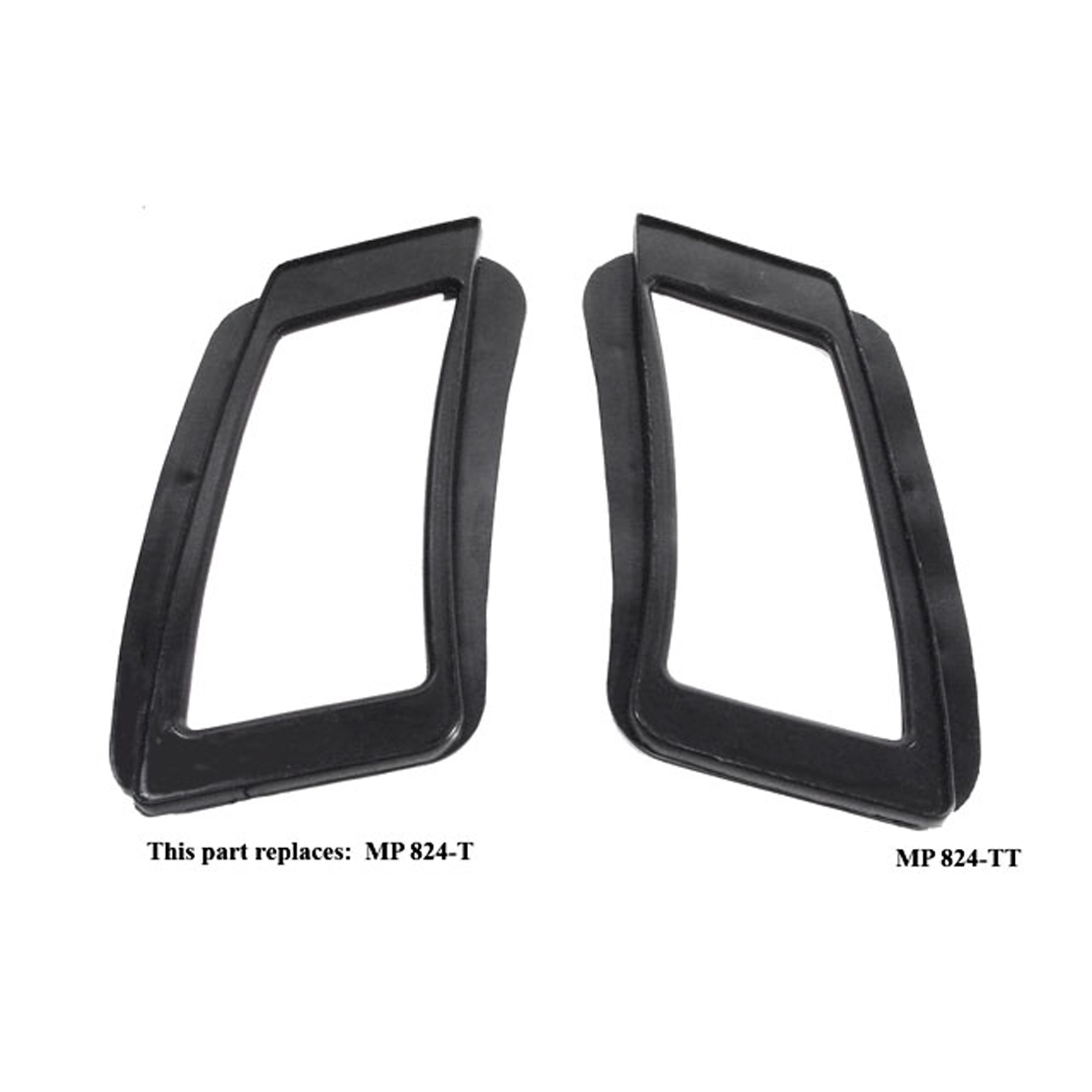 1952 Mercedes-Benz 220 Tail-light Pads, for the Cabriolet-MP 824-TTTail-light Pads, for the Cabriolet. 3-3/4" wide X 6-3/4" long. (Replaces part number MP 824-T) Pair R&L
1952 Mercedes-Benz 220 Tail-light Pads, for the Cabriolet-MP 824-TTTail-light Pads, for the Cabriolet. 3-3/4" wide X 6-3/4" long. (Replaces part number MP 824-T) Pair R&L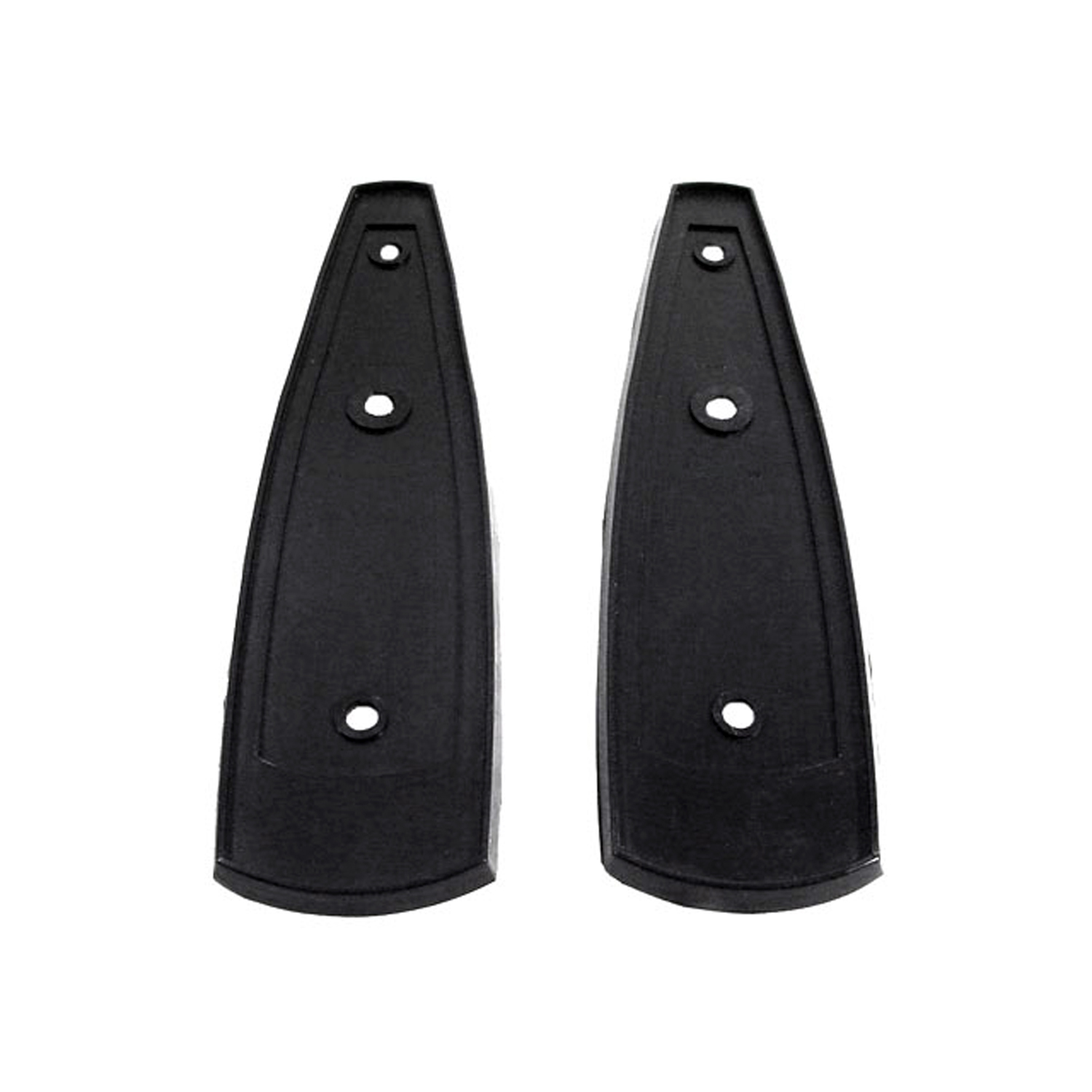 1952 Mercedes-Benz 220 Right Turn Signal Pads (convertible & coupe on 300S-MP 824-ZRight Turn Signal Pads (convertible & coupe on 300S, convertible only on 220). 2-1/8" wide X 7-1/2" long. Pair
1952 Mercedes-Benz 220 Right Turn Signal Pads (convertible & coupe on 300S-MP 824-ZRight Turn Signal Pads (convertible & coupe on 300S, convertible only on 220). 2-1/8" wide X 7-1/2" long. Pair 1952 Mercedes-Benz 220 Air Cleaner Support Cushion. Fits top of air cleaner-RP 350Air Cleaner Support Cushion. Fits top of air cleaner. 2-9/16" Long, 7/8" wide. Each
1952 Mercedes-Benz 220 Air Cleaner Support Cushion. Fits top of air cleaner-RP 350Air Cleaner Support Cushion. Fits top of air cleaner. 2-9/16" Long, 7/8" wide. Each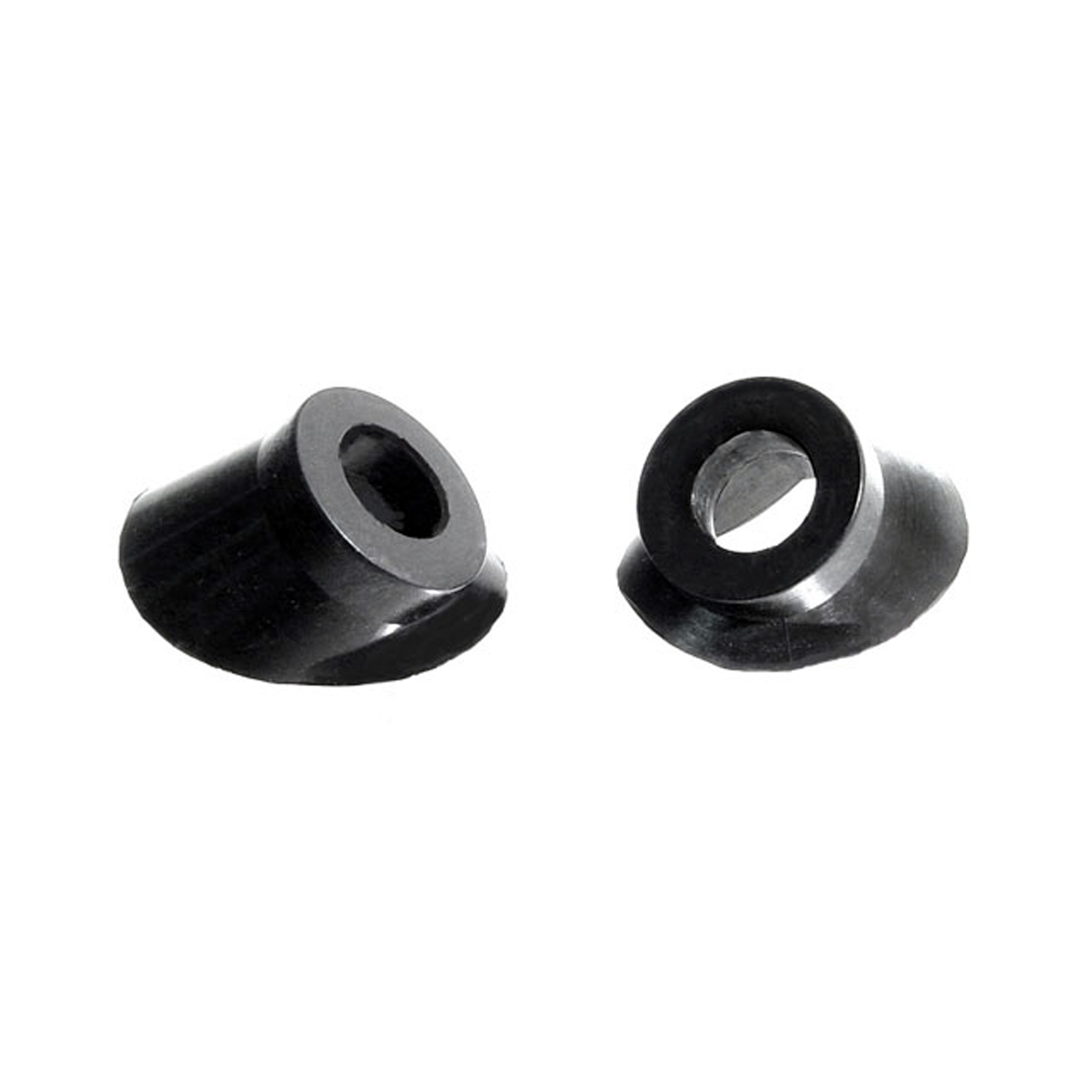 1952 Mercedes-Benz 220 Wiper Shaft Grommet. 7/16" Top I.D., 1" Bottom I.D. Each-SM 35-DWiper Shaft Grommet. 7/16" Top I.D., 1" Bottom I.D. Each
1952 Mercedes-Benz 220 Wiper Shaft Grommet. 7/16" Top I.D., 1" Bottom I.D. Each-SM 35-DWiper Shaft Grommet. 7/16" Top I.D., 1" Bottom I.D. Each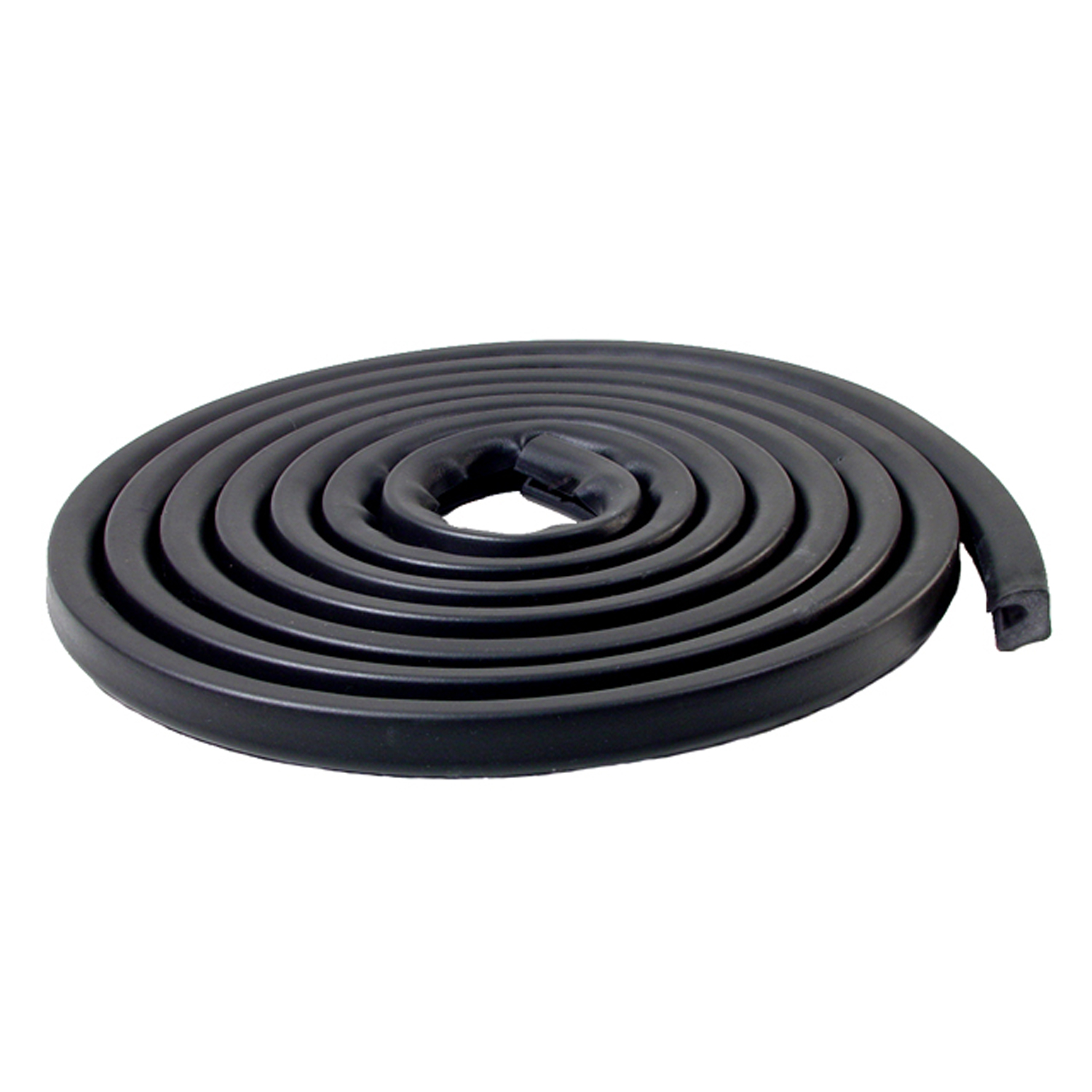 1952 Mercedes-Benz 220 Trunk Seal. Each-TK 63-M/15Trunk Seal. Each
1952 Mercedes-Benz 220 Trunk Seal. Each-TK 63-M/15Trunk Seal. Each 1952 Mercedes-Benz 220 Flexible glass-run channel. Rubber covered and pile lined-WC 12-96Flexible glass-run channel. Rubber covered and pile lined. Unbeaded. 96 in. long. Each. NOTE: $20 special shipping charge applies for domestic orders. Call or email for overseas shipping costs. Part can be sectioned in two or three equal lengths to reduce overseas shipping costs.
1952 Mercedes-Benz 220 Flexible glass-run channel. Rubber covered and pile lined-WC 12-96Flexible glass-run channel. Rubber covered and pile lined. Unbeaded. 96 in. long. Each. NOTE: $20 special shipping charge applies for domestic orders. Call or email for overseas shipping costs. Part can be sectioned in two or three equal lengths to reduce overseas shipping costs.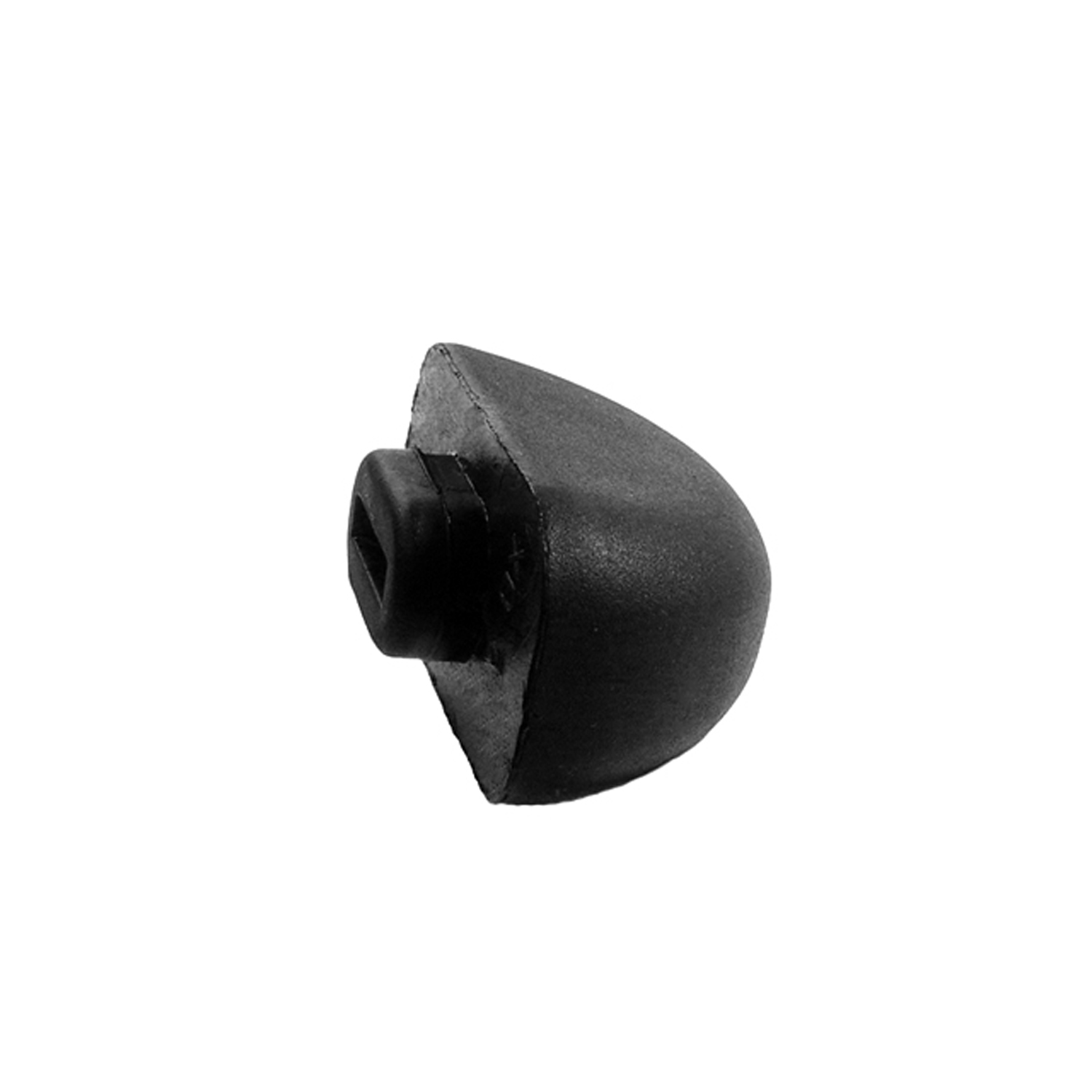 1952 Mercedes-Benz 220 Upper Arm Front Suspension Bumper-XB 35-AUpper Arm Front Suspension Bumper. For Convertibles and Sedans. Replaces OEM #181-333-0165. 1-3/4" long, 7/8" wide, 1-1/4" high. Each
1952 Mercedes-Benz 220 Upper Arm Front Suspension Bumper-XB 35-AUpper Arm Front Suspension Bumper. For Convertibles and Sedans. Replaces OEM #181-333-0165. 1-3/4" long, 7/8" wide, 1-1/4" high. EachWhy Choose Metro?
For over 100 years, Metro Moulded Parts has been the pinnacle of quality in classic car restoration parts. Our commitment to precision and authenticity in every component ensures a perfect fit and an OEM-level appearance.
- Expert Craftsmanship & Quality: Each part is a testament to our dedication to reliability and perfection, crafted from original designs and thoroughly tested.
- Advanced Technology: We use cutting-edge techniques to create flawless, long-lasting parts that surpass others in performance.
- SuperSoft Sponge – The Ultimate Door Seal: Not only are our door seals 30% softer than competitors', but they're also guaranteed to never leak. They effectively reduce wind and road noise, enhancing your classic car's comfort and driving experience.
- Proudly American: Our parts are a product of American craftsmanship, made in the USA with a spirit of excellence and heritage.
- Unrivaled Warranty: We back our products with a 30-year industry-leading warranty, a testament to our confidence in their quality.
Join us in preserving the legacy of classic cars with parts that are crafted for perfection, not just made.

